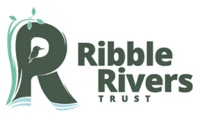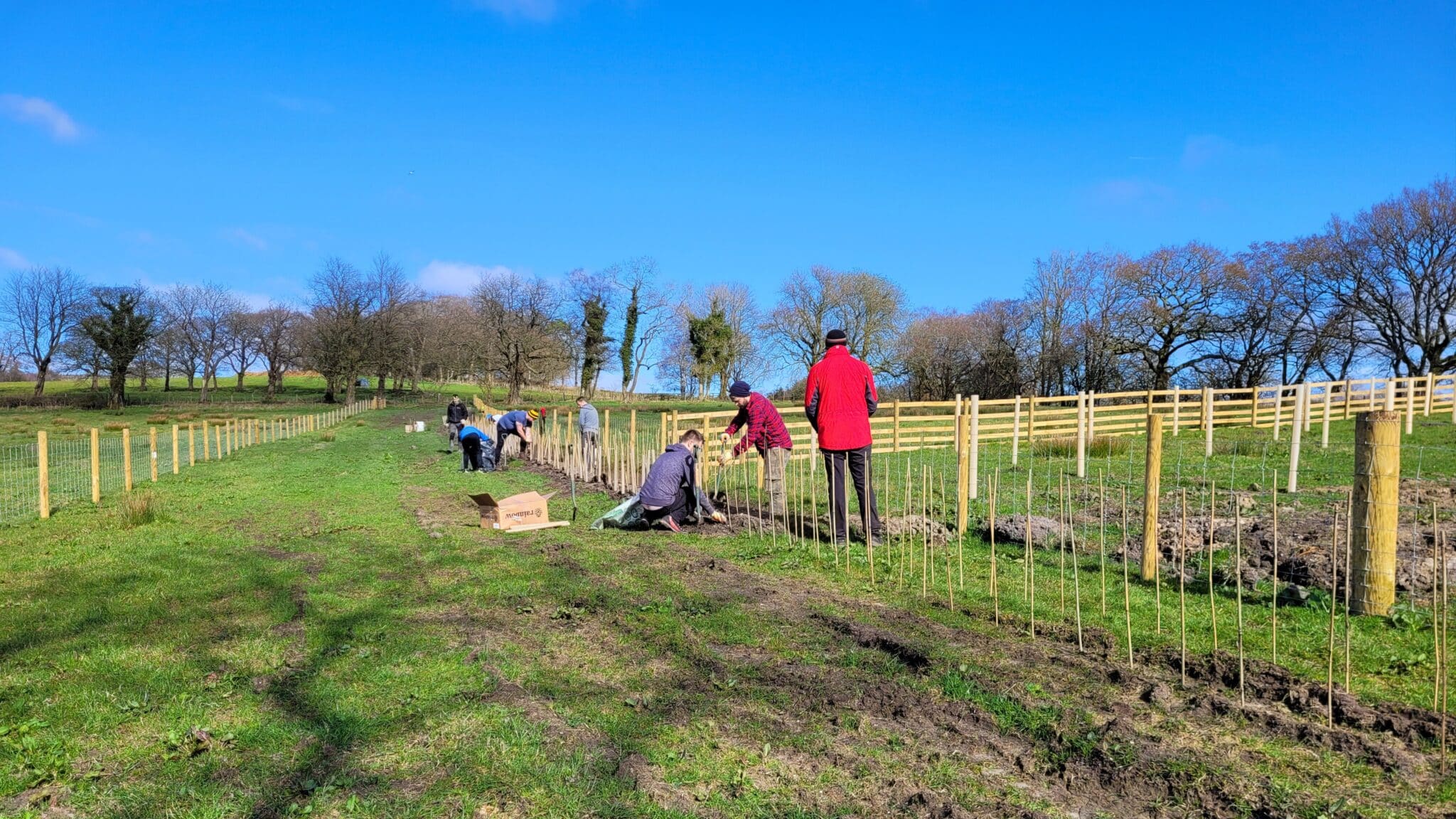
Cow Ark wetlands; creating spaces for nature, and room for rivers
Nestled in the beautiful Ribble Valley, a small patch of land in Cow Ark is now home to a thriving new network of wetlands, wader scrapes, woodlands, and hedgerows thanks to a major restoration project funded through the Room For Rivers: River Revival programme of work.
Until recently, much of this land was made up of monoculture grassland. While it might look lush and green, grassland is surprisingly poor at supporting wildlife. The uniform vegetation offers little food, shelter, or nesting space for many species and the soils beneath can also be degraded, with reduced ability to support invertebrates or store water and nutrients. It’s not just wildlife that is lacking support, for people this means fewer natural flood defences, less carbon storage, and a landscape that isn’t as resilient to climate change.
Transforming land for wildlife and water
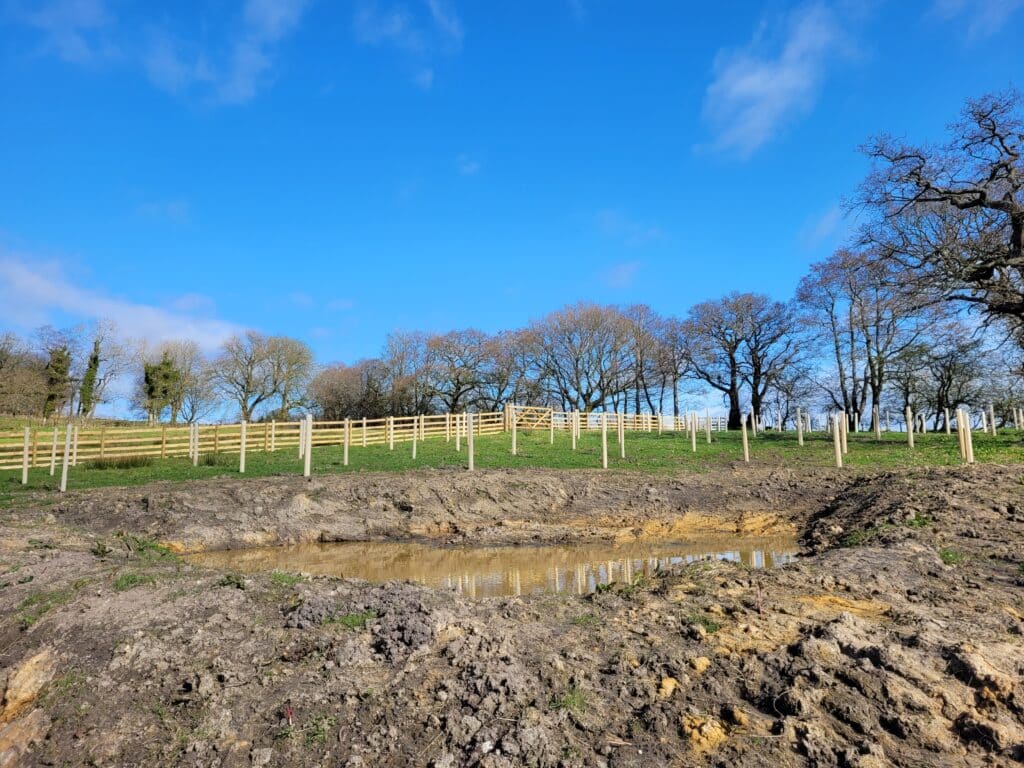
Over recent months, Ribble Rivers Trust has worked alongside the landowner to create a rich mosaic of habitats that will benefit wildlife all year round. Wetlands and wader scrapes have been designed to hold water for longer, giving wading birds new feeding grounds to visit and creating homes for amphibians and invertebrates. New hedgerows will connect existing habitats and provide shelter for small mammals and birds, while areas of woodland will offer shade, stabilise soils, and lock away carbon.
We’ve also added wet ditches, which slow the flow or rainwater, holding it in the landscape, and filtering out sediment before the water reaches rivers. These measures don’t just reduce flood risk downstream; they also help maintain steady water levels in dry weather, keeping our rivers and wetlands healthier for longer.
The landowner has been just as committed to improving Cow Ark. Alongside our work, they’ve introduced dead hedges and log piles to provide refuge for insects, reptiles, and small mammals. They’ve also adjusted grassland management to encourage more wildflowers and plant diversity, boosting food supplies for pollinators and other wildlife.
Although most of the construction and planting is complete, we’ll soon be adding more wetland plug plants to give the new habitats an extra boost. The landowner will also continue improving the site over the coming years, ensuring that Cow Ark remains a haven for both wildlife and people.
Why Cow Ark matters
Cow Ark is a perfect example of how nature-based solutions work in practice. By replacing low-quality grassland with a mix of wetlands, woodland, and hedgerows, we’re restoring the natural processes that keep ecosystems healthy. These new habitats improve biodiversity, protect water quality, and strengthen the land’s ability to store carbon and manage water naturally.
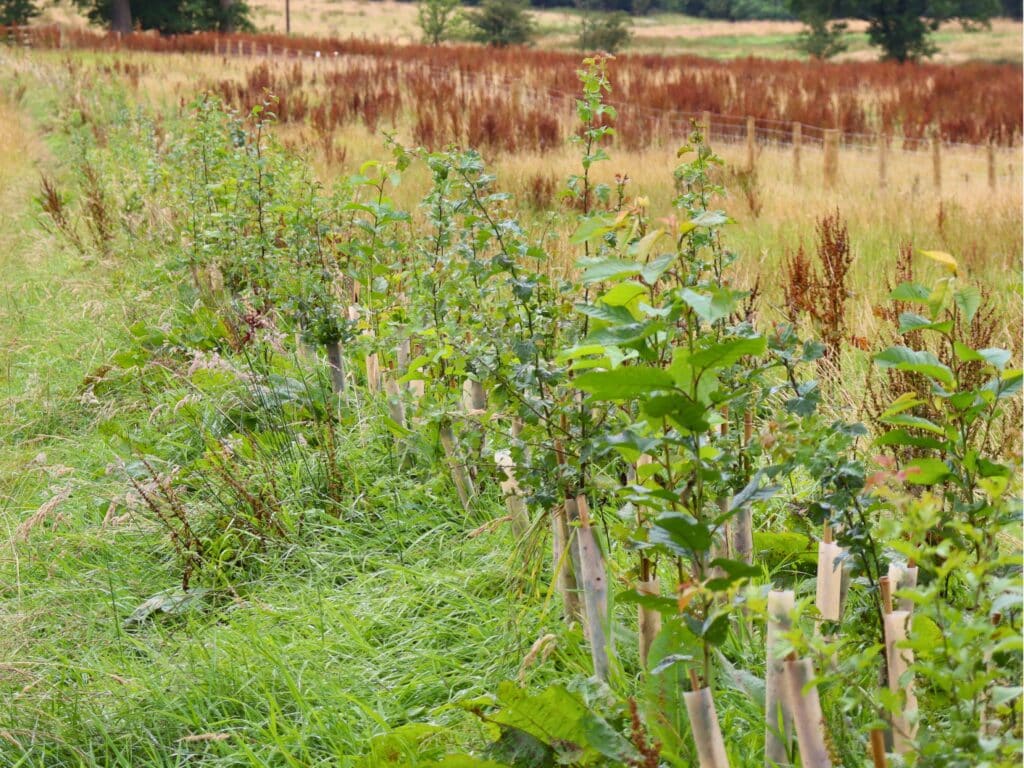
For local people, this means cleaner rivers, reduced flood risk, and a more vibrant landscape to enjoy. For wildlife, it means food, shelter, and the space to thrive. And for the wider environment, it’s a step towards building climate resilience across the Ribble Catchment.
This kind of long-term commitment from landowners is also vitally important. Whilst one off projects are hugely valuable, environmental stewardship and the passion of landowners helps to keep nature at the heart of land management.
How you can help
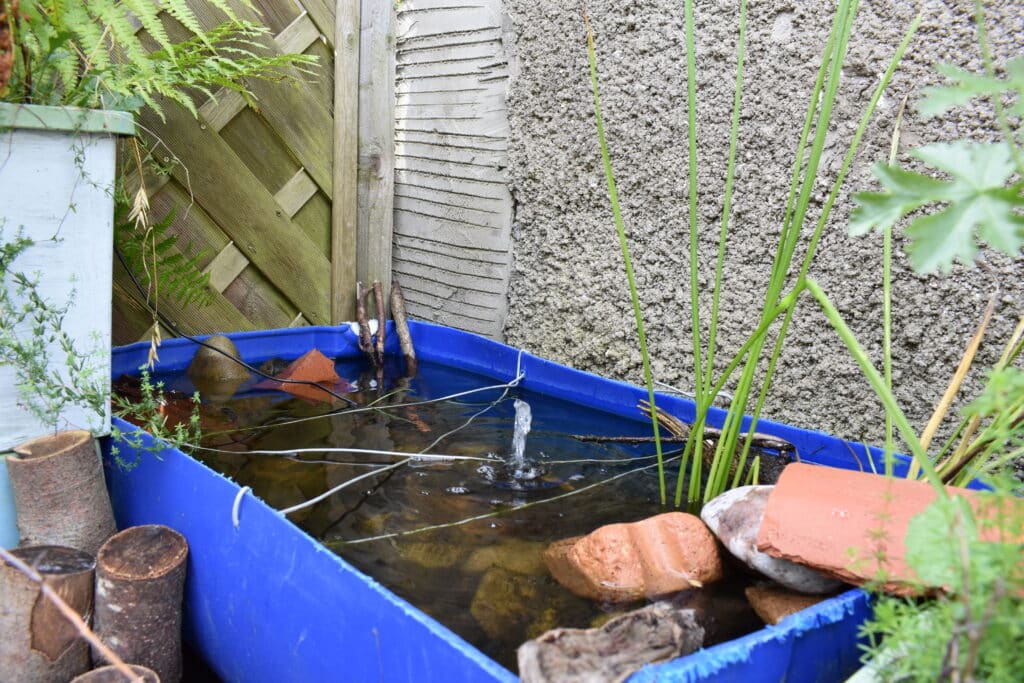
You don’t need to own a large site like Cow Ark to make a difference! Creating a habitat mosaic at home by planting a small hedge in your garden, creating a small pond, or even letting a patch of your garden grow wild can provide vital food and shelter for local species.
Volunteering with Ribble Rivers Trust is another great way to get involved, whether that’s helping to plant trees, restore rivers, or monitor wildlife.
And of course, by supporting our work, you help us deliver more projects like Cow Ark, protecting and restoring habitats across the Ribble Catchment.
Part of the Ribble Revival: Room for Rivers Programme
Funding for this project has come from the Species Survival Fund. This £25 million initiative aims to restore over 3,300 hectares of habitat across the country. The National Lottery Heritage Fund administers the fund on behalf of DEFRA, and Ribble Rivers Trust has received £1.65 million to support our work. Fellow wildlife charities, farmers, and community groups nationwide have also benefitted the fund. Together, we’re helping to accelerate nature recovery and protect vital species.

Rivers are at the heart of our local landscapes. Whether you’re casting a line, exploring a riverside trail, or simply basking in the beauty of nature, you can help protect these special places now, and for generations to come.
By becoming a Ribble Rivers Trust supporter for just £3 a month, you’ll be funding real, on-the-ground action.
Ready to make a difference? Learn more here: ribbletrust.org.uk/become-a-supporter
